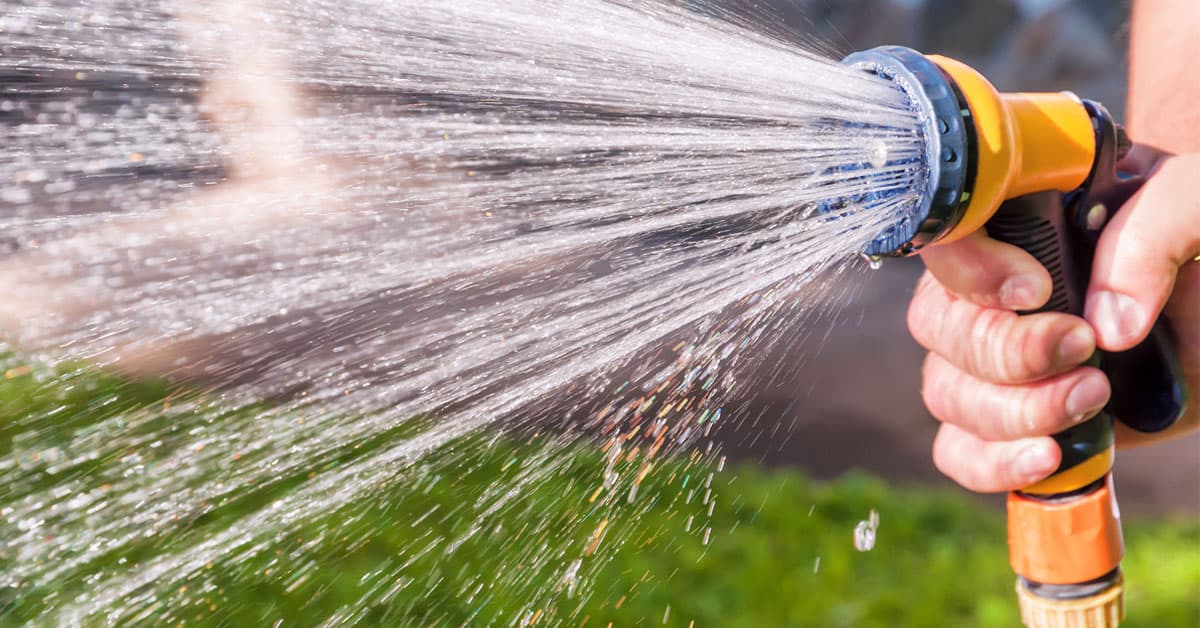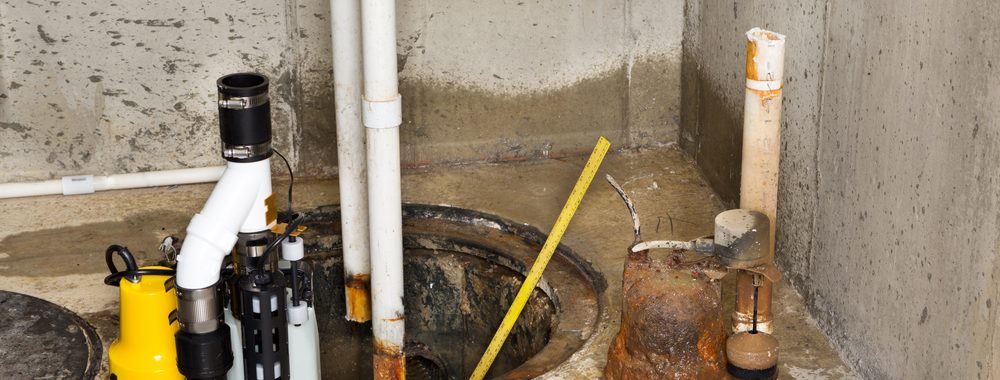Rapid Steps to Cleaning Your Sump Pump
Rapid Steps to Cleaning Your Sump Pump
Blog Article
Listed here underneath you can locate additional good quality additional info in relation to Steps to Cleaning Your Sump Pump Properly.

Sump pumps are essential elements in several homes, especially in areas susceptible to flooding or too much dampness. They assist protect against water damage by effectively removing excess water from basements or crawl spaces. Nevertheless, like any other home appliance, sump pumps call for routine upkeep to ensure they operate efficiently when required one of the most. Cleaning your sump pump is an important part of its maintenance, and understanding exactly how to do it correctly can conserve you from expensive repair services and potential catastrophes.
Intro
Keeping a tidy sump pump is essential for its proper functioning and durability. Disregarding this essential task can lead to clogs, malfunctions, and inevitably, water damage to your residential or commercial property. Therefore, finding out exactly how to clean up a sump pump is critical for homeowners who depend on these devices to maintain their basements completely dry and safeguarded.
Understanding the Sump Pump
Prior to diving into the cleansing process, it's vital to have a standard understanding of how a sump pump functions. Commonly set up in a pit or container below the basement floor, a sump pump contains numerous crucial elements, consisting of a pump, a float switch, and a discharge pipe. When water gathers in the pit, the float button triggers the pump, which then pumps the water out via the discharge pipeline, far from the structure's foundation.
Indications of a Dirty Sump Pump
Knowing when your sump pump requires cleaning is important for protecting against prospective breakdowns. Some usual indicators that show a filthy sump pump consist of odd noises during procedure, lowered water flow, and visible particles in the pit. If you discover any one of these symptoms, it's essential to cleanse your sump pump quickly to avoid any type of additional concerns.
Preparing for Cleaning
Before you start cleaning your sump pump, it's necessary to take some security preventative measures. Beginning by shutting down the power to the pump to stay clear of any kind of electric accidents. In addition, use ideal protective equipment, such as handwear covers and goggles, to shield on your own from dirt, debris, and potential virus.
Step-by-step Guide to Cleansing a Sump Pump
Shutting down the Power
Begin by separating the power supply to the sump pump to prevent any mishaps while cleansing.
Removing Particles and Dust
Use a container or a scoop to eliminate any type of visible debris, dust, or debris from the sump pit. Dispose of the debris effectively to stop it from blocking the pump or the discharge pipeline.
Cleaning the Pump and Drift Change
As soon as the pit is free from particles, carefully get rid of the pump from the pit. Evaluate the pump and the float switch for any indicators of damage or wear. Use a soft brush or towel to cleanse the surfaces and get rid of any accumulated crud.
Purging the System
After cleaning up the pump and float switch, purge the sump pit with clean water to get rid of any kind of continuing to be dirt or sediment. This will help guarantee that the pump runs efficiently and successfully.
Looking For Proper Functioning
Prior to reinstalling the pump, perform a fast examination to guarantee that the float switch activates the pump correctly. Put some water right into the sump pit and observe the pump's procedure. If every little thing is operating correctly, you can reassemble the pump and reconnect the power supply.
Maintenance Tips to Maintain Your Sump Pump Clean
In addition to routine cleaning, there are a number of upkeep ideas you can follow to maintain your sump pump in ideal condition:
Verdict
Cleaning your sump pump is an important element of its upkeep and ensures that it operates properly when you need it the most. By complying with the steps laid out in this overview and including routine upkeep right into your regimen, you can prolong the life-span of your sump pump and secure your home from water damage.
6 STEPS ON HOW TO CLEAN A SUMP PUMP PROPERLY
UNDERSTANDING SUMP PUMPS
Your sump pump plays a crucial role in protecting your home by managing and removing excess water. It primarily functions as a “shield”, guarding your basement against the damaging effects of water accumulation. The pump is housed in a sump pit in the lowest part of your basement, and its job is to pump out any water that collects there.
During heavy rainfalls or when snow melts rapidly, water can infiltrate your basement, posing potential risks like flooding, structural damage, and harmful mold growth. Here, the sump pump springs into action, pumping out the intruding water and directing it away from your home.
SAFETY FIRST
Before cleaning, remember to prioritize safety. Disconnect the sump pump from the power source to prevent any accidental electric shocks. Also, wear sturdy gloves to protect your hands from any sharp or dirty components within the pump.
REMOVE THE SUMP PUMP
After ensuring your safety, the next step is to remove the sump pump from its pit. Doing this might require careful maneuvering as you don’t want to damage any pump components. Once removed, clean the sump pit to remove any accumulated debris or sludge.
INSPECT THE PUMP
Inspect the pump for any visible signs of wear or damage. Check the power cord, float switch, and impeller housing. If any components look worn out or damaged, consider replacing them to ensure optimal performance.
CLEAN THE PUMP
Thoroughly clean the pump with warm, soapy water. Make sure to rid it of any dirt, gravel, or other debris that might impede its performance. You can use a toothbrush to clean the small, hard-to-reach parts of the pump.
REINSTALL THE SUMP PUMP
Reinstall the pump into the sump pit Make sure it’s positioned correctly to remove the water effectively Once it’s back in place, reconnect it to the power source TEST THE PUMP
Finally, pour some water into the pit to ensure the pump works correctly. It should start automatically and begin pumping out the water; if it doesn’t, check the power source and the positioning of the pump.
Remember, while cleaning your sump pump is an essential part of home maintenance, hiring a professional plumber for a thorough inspection and cleaning at least once a year is also important. This will ensure that your pump is in optimal condition, ready to protect your home from potential water damage.
BEST PRACTICES FOR CLEANING SUMP PUMP DISCHARGE PIPES
Regular Inspection: Regularly inspect your discharge pipes, especially during heavy rainfall or snowmelt periods. Look for any signs of blockage or damage. Early detection of problems can prevent serious issues down the line. Periodic Cleaning: Over time, sediment and debris can accumulate in the discharge pipes, impeding the flow of water. Regular cleaning helps keep the pipes clear and functioning efficiently. You can use a high-pressure water jet to effectively clean the pipes. Insulation During Winter: In colder climates, discharge pipes can freeze, blocking the outflow of water. Protect your discharge pipes from freezing temperatures by insulating them with foam pipe insulation. This will ensure the sump pump can continue to discharge water even in freezing conditions. Proper Positioning: The discharge pipe should be positioned to direct water away from your home’s foundation. Improper positioning can lead to water seeping back into the basement. Ensure the pipe is long enough and angled correctly. Installation of a Check Valve: A check valve prevents water from flowing back into your sump pit after the pump has pushed it out. Installing a check valve helps maintain the efficiency of your sump pump and reduces the risk of flooding. Minimize Pipe Turns: Every curve or turn in the discharge pipe can decrease the efficiency of water flow. By minimizing turns and bends in your discharge pipe, you can increase the efficiency of your sump pump. https://www.fullspeedplumbing.com/how-to-clean-a-sump-pump-properly9999/

I ran across that post on when browsing the search engines. Sharing is caring. One never knows, you may just be helping someone out. Thanks for taking the time to read it.
Visit Page Report this page